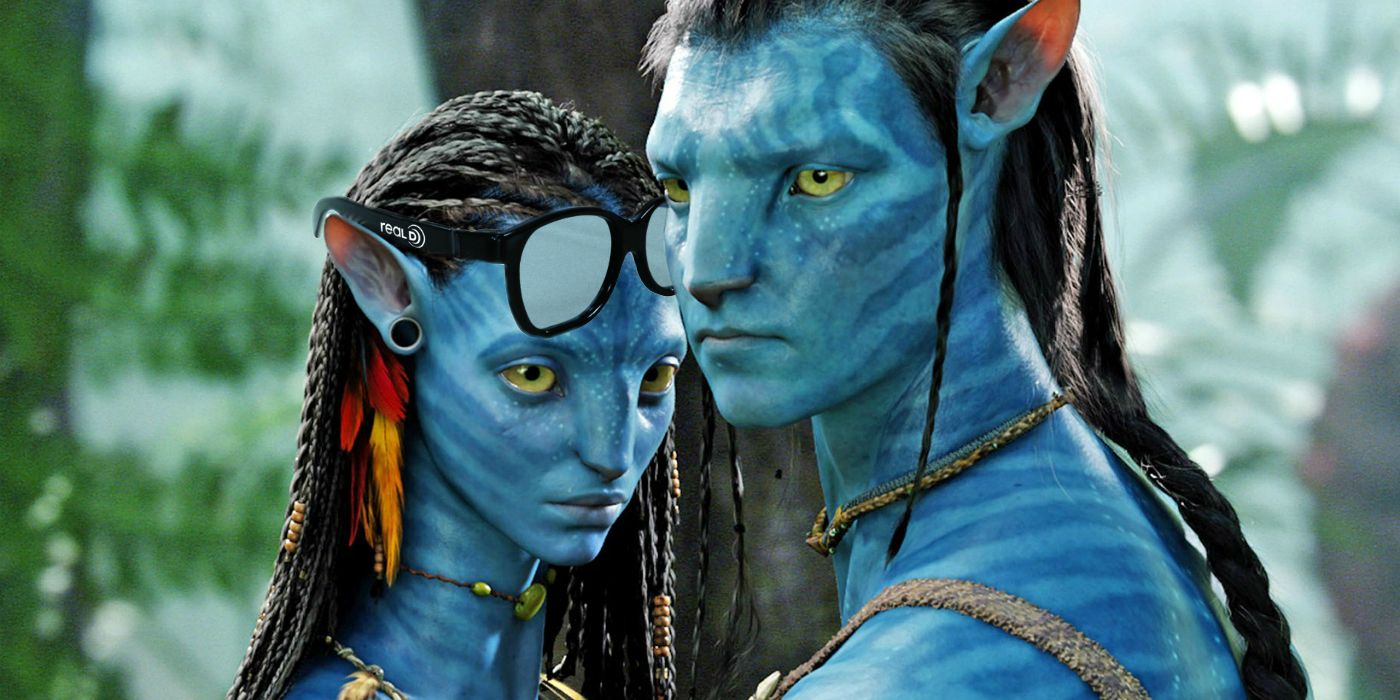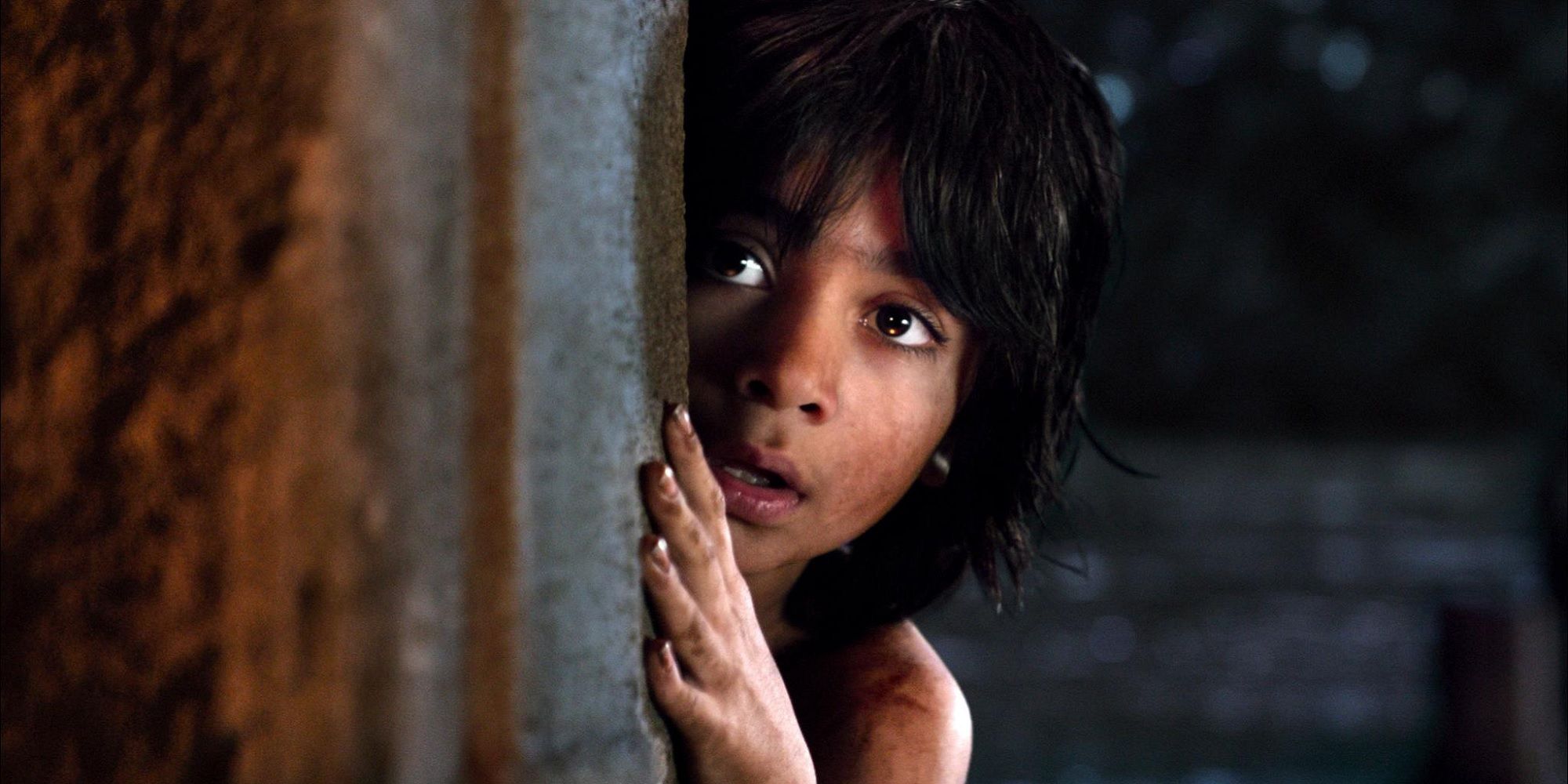IMAX has revealed that 3D is “no longer the default," confirming what many have expected for a while: the majority of film fans prefer 2D screenings. With 2D, you don’t have to wear those annoying glasses, headaches are less likely, and the ticket price is often cheaper. What’s not to love?
Of course, this current era of 3D cinema kicked off with James Cameron’s 2009 behemoth Avatar, which is still the highest grossing film of all time at the global box office. The allure of a new gimmick, plastered on top of a visually stunning sci-fi love story, really captured the cinema-going public’s imagination, and the film reaped massive financial rewards as a result.
However, in the years hence, while Cameron has labored away on multiple sequels to his Na’vi-stuffed opus, public interest in 3D has faded. THR states that Avatar took 70% of its opening weekend receipts from 3D tickets, whereas 2016’s The Jungle Book took just 43%. And that was the best-performing 3D picture of last year. Plus, earlier this year, Guardians Of The Galaxy Vol. 2 was praised for selling 41% of its tickets to 3D fans. The goalposts are obviously moving, and the early success of Avatar has proven impossible to match.
In terms of overall numbers, THR states that the share of 3D revenue in 2016 was 14% of the overall cinematic box office. Back in 2010, when 3D was fresh and exciting, that figure stood at 21%. 3D tickets made a total $2.2 billion in 2010, but in 2016 that total sum was $1.6 billion. That’s a significant decrease.
There is a “clear preference” for 2D among audiences, and IMAX Entertainment CEO Greg Foster told THR that “3D is no longer the default." There are no current plans to phase out 3D, though, and Foster says that IMAX will “listen to [their] filmmaking partners." Directors that want to make 3D movies will still be able to do so, but Foster predicts that, out of the 35 films that IMAX releases on average each year, only 5-10 will be 3D movies in the foreseeable future.
THR asked comScore senior media analyst Paul Dergarabedian to cite a reason for the decline in 3D’s decline in popularity, and he offered this suggestion:
"The industry was excited about 3D being able to enhance the bottom line. Then you had many movies that were not originally conceived or shot in 3D [converted to 3D] in order to capitalize on the opportunity, and I think the audience really noticed the difference. The quality was not where it should be. Not only the quality, but the higher ticket prices, eroded the good will."
However, Guardians Of The Galaxy Vol. 2 was converted into 3D after being shot in 2D, and it looked brilliant. In that case, director James Gunn (as he explained on Facebook) oversaw the conversion process and crafted each shot personally. That careful touch is clearly necessary; a slapdash conversion, which lacked hands-on quality control from the creative team, tends to look naff. Maybe that's the reason audiences are wary to pay extra for 3D these days.
Perhaps it’s time for the film-viewing experience to change once again. Cameron, one of the earliest pioneers for modern 3D, is said to be working on a glasses-free form of 3D projection for Avatar 2. That fresh gimmick, if it does come to the fore, could well rewrite the cinema-going rulebook once again.
MORE: IMAX Moving to More 2D Only Screenings
Source: THR


